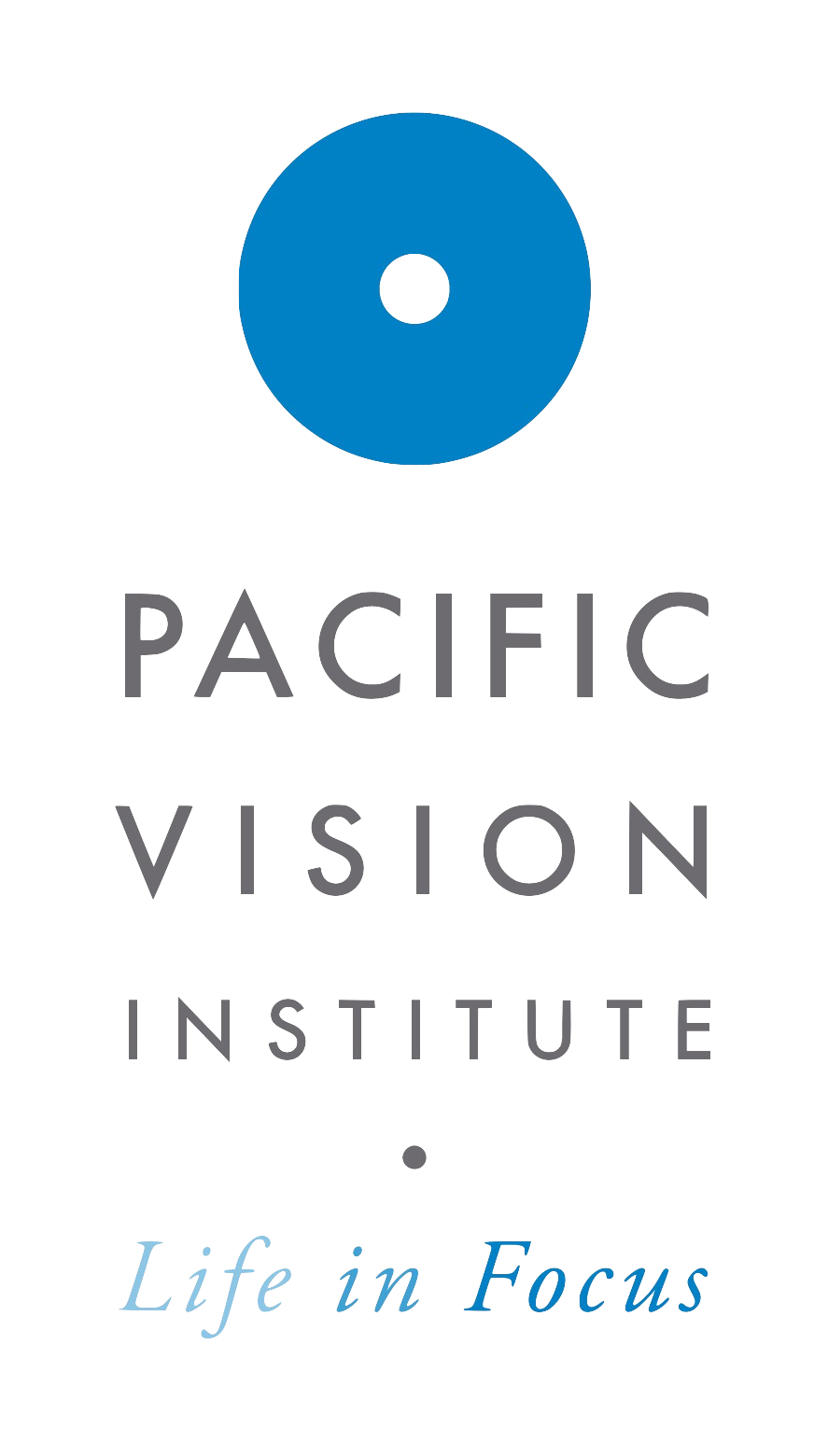Why Choose Modern LASIK Over Traditional Methods?
LASIK (Laser-Assisted In Situ Keratomileusis) has been a popular and effective way to correct vision problems such as nearsightedness, farsightedness, and astigmatism for decades. However, like all medical procedures, LASIK has evolved significantly since its introduction.
Modern LASIK techniques offer remarkable improvements in accuracy, recovery times, and overall patient outcomes compared to traditional methods. In this blog, the pros at Pacific Vision explore these advancements and why modern LASIK is the clear choice for those considering vision correction.
Evolution of LASIK
When LASIK was first introduced, the procedure primarily relied on a mechanical blade, called a microkeratome, to create the corneal flap. This was followed by reshaping the cornea using an excimer laser to correct vision. While effective, this traditional method had certain limitations regarding precision and patient outcomes.
Modern LASIK, however, has advanced to include bladeless technology and more sophisticated laser systems, such as femtosecond lasers and topography and wavefront-guided procedures, offering patients better results.
Improved Accuracy
Traditional LASIK:
- Relied on the microkeratome blade to create the corneal flap
- While generally safe, the use of a blade could result in less precision, especially in patients with thinner or irregular corneas
- The excimer laser reshaped the cornea but was not as personalized to the individual’s unique eye structure
Modern LASIK:
- Uses bladeless femtosecond lasers to create a more precise and consistent corneal flap
- This technology significantly reduces the risk of complications associated with the traditional method
- Incorporates customized techniques, including topography-guided, wavefront-optimized , and wavefront-guided LASIK, which uses detailed 3D mapping to measure the unique characteristics of each patient’s eye
- This allows for a highly customized treatment, improving both the accuracy and effectiveness of the procedure
By eliminating the blade and relying on state-of-the-art lasers, modern LASIK ensures a more precise cornea reshaping, enhancing visual results.
Faster Recovery Times
Traditional LASIK:
- While recovery was relatively quick for most patients, it often took several days to a week for full vision clarity to return
- There was a higher likelihood of discomfort during the recovery period, and patients sometimes experienced temporary side effects like dry eyes, glare, or halos
Modern LASIK:
- With the precision of femtosecond lasers and customized wavefront technology, the recovery period for modern LASIK has been significantly shortened
- Most patients experience clear vision within 24 to 48 hours, and many can return to normal activities the next day
- The advanced lasers used in modern LASIK minimize trauma to the cornea, reducing post-operative discomfort and the likelihood of complications such as glare and halos
Thanks to these innovations, modern LASIK patients typically enjoy a smoother, faster recovery, making it a more convenient and comfortable choice.
Superior Patient Outcomes: Achieving Clearer Vision with Modern LASIK
Traditional LASIK:
- While conventional LASIK delivered excellent results for many patients, it was not always ideal for those with complex vision issues or higher prescriptions
- Outcomes could vary based on factors such as corneal thickness, making some patients unsuitable candidates for the procedure
Modern LASIK:
- Modern LASIK techniques offer superior outcomes, including higher rates of achieving better than 20/20 vision in the hands of experienced surgeon
- Studies show that customized LASIK treatments can significantly preserve night vision quality, making it a preferred option for those with specific vision challenges
- Patients who were once considered poor candidates for traditional LASIK, such as those with thin corneas or astigmatism, may now be able to benefit from the enhanced precision of modern LASIK
- Modern LASIK also offers a more consistent outcome across a broader range of patients, thanks to the customization provided by advanced 3D eye mapping
Simply put, modern LASIK is not only more inclusive in terms of patient eligibility but also consistently delivers better visual outcomes.
The decision to undergo LASIK is significant, and with today’s advancements, it’s easier than ever to make a confident choice. Modern LASIK offers many benefits over traditional methods, including improved accuracy, shorter recovery times, and superior patient outcomes. Patients can enjoy clearer vision with fewer risks and faster results by choosing modern LASIK.
If you’re considering LASIK, now is the time to explore the benefits of modern technology. Schedule a consultation with Pacific Vision Institute today to discover how modern LASIK can transform your vision.

